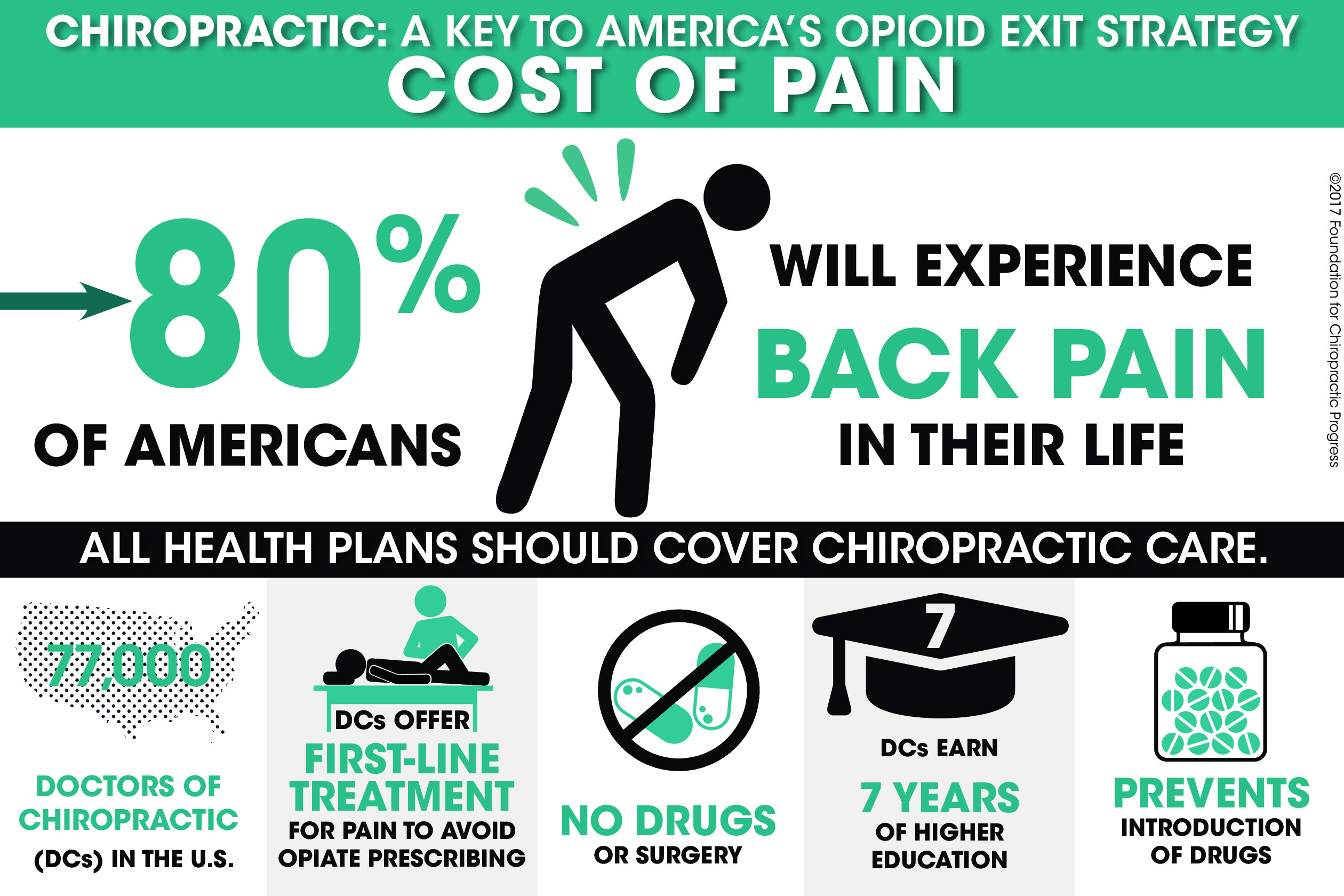The Development Of Back Pain Therapy: Cutting-Edge Technologies And Restorative Technologies
The Development Of Back Pain Therapy: Cutting-Edge Technologies And Restorative Technologies
Blog Article
Post By-Thybo Tierney
As you take into consideration the future landscape of back pain therapy, envision a realm where modern technology flawlessly links with conventional therapies to use unique services. Think of a world where virtual reality not just delights however likewise heals, where robot precision redefines minimally intrusive procedures, and where biofeedback empowers people in their pain management trip. The innovations in pain in the back therapies are not just hypothetical situations yet substantial facts shaping the way we come close to and relieve this prevalent problem.
Virtual Reality Therapy for Pain In The Back
Are you tired of traditional treatments for your pain in the back? lower middle back pain provides an unique approach to managing your discomfort. By engaging on your own in a digital environment, you can sidetrack your mind from the discomfort signals being sent out to your mind, giving alleviation in an one-of-a-kind and cutting-edge way.
Making use of customized VR headsets, you can participate in various activities and simulations made to target certain locations of your back that are creating you discomfort. These immersive experiences can aid you kick back tense muscles, improve your stance, and enhance your overall mobility.
Furthermore, virtual reality treatment can additionally aid in decreasing anxiety and anxiousness degrees, which are frequently contributing variables to back pain.
Think of being able to go through treatment without the demand for medication or invasive treatments. With Virtual Reality Therapy, you have the chance to manage your neck and back pain in a safe and non-intrusive way.
Robotic-Assisted Back Pain Treatments
Utilizing innovative robotic technology, pain in the back treatments have actually progressed to incorporate robotic assistance in targeting and addressing certain locations of pain in an exact and controlled manner.
Robotic-assisted back pain therapies provide a high level of precision and customization, enabling a lot more effective and customized therapy for people experiencing neck and back pain. These robot systems can perform minimally intrusive treatments with enhanced accuracy, minimizing the threat of problems and enhancing outcomes.
Robotic-assisted therapies offer surgeons with real-time responses and imaging, enabling them to navigate the spinal column with unmatched precision. By using robotic arms or tools, doctor can access hard-to-reach areas with better ease, leading to even more effective treatments.
Additionally, these innovations can adjust to the client's activities throughout surgical treatment, ensuring a safer and more reliable treatment.
Psychophysiological Feedback Innovation in Neck And Back Pain Monitoring
With the advancement of technology in back pain therapies, psychophysiological feedback innovation emerges as a beneficial device in handling and alleviating discomfort connected with back pain. Psychophysiological feedback permits you to gain recognition and control over physical features that are commonly spontaneous, such as muscle mass tension and heart price.
By using sensing units to keep track of these features, psychophysiological feedback devices provide real-time information that enables you to make mindful modifications to decrease discomfort and stress and anxiety levels. Via visual or auditory cues, psychophysiological feedback helps you understand exactly how your body responds to various situations, equipping you to modify your behavior and boost physical wellness.
This technology advertises relaxation, improves stance, and help in muscle mass re-education, every one of which are critical components in handling pain in the back efficiently. By incorporating psychophysiological feedback right into your back pain management plan, you can take an active duty in your therapy and accomplish long lasting remedy for discomfort.
Verdict
In conclusion, the future of pain in the back therapy looks brilliant with the developments in virtual reality therapy, robotic-assisted therapies, and psychophysiological feedback modern technology. These emerging technologies offer cutting-edge services to minimize back pain, enhance mobility, and improve overall quality of life. With continued research and development, these sophisticated treatments have the possible to transform the means we come close to and deal with pain in the back, providing expect those looking for reliable and customized options.
